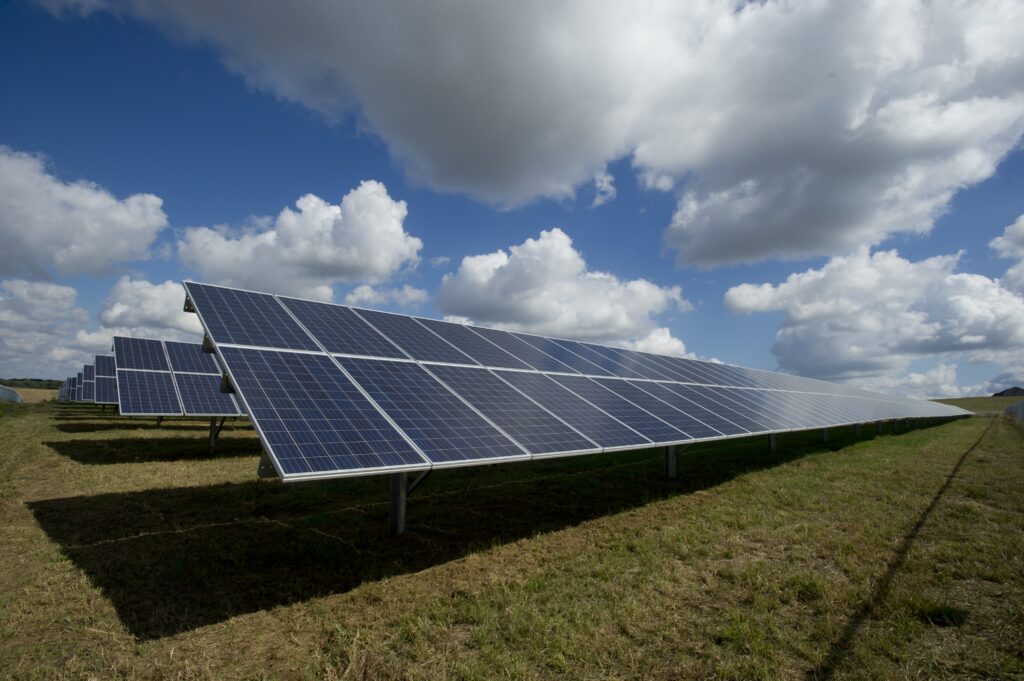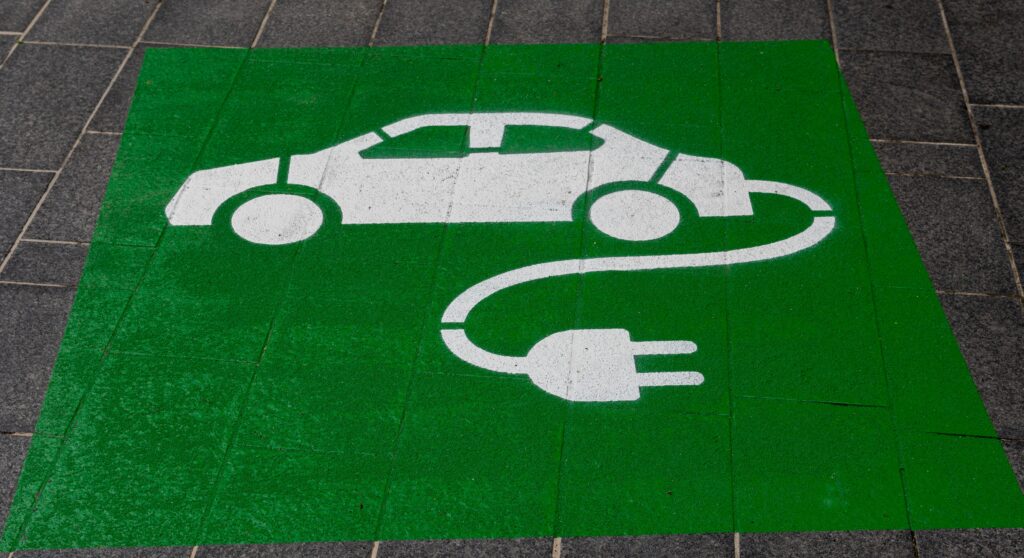So you’ve been considering switching to solar generators, but you’re curious about the potential downsides. Well, look no further! This article will guide you through the disadvantages of solar generators, shedding light on some important factors to consider before making the switch. From cost implications to weather dependency, we’ll explore the challenges that come along with harnessing the power of the sun. So, before you invest in this renewable energy source, let’s make sure you’re fully informed about both the perks and the pitfalls of solar generators.

High Initial Investment
Cost of solar panels
Installing a solar generator requires a significant upfront investment, mainly due to the cost of solar panels. While prices have decreased over the years, solar panels can still be quite expensive. The price depends on the type and size of the panels, as well as the brand and quality. However, it’s important to note that this initial investment is typically offset by long-term savings in electricity bills.
Installation costs
In addition to the cost of solar panels, installation expenses can add to the overall investment. Hiring professionals to install the solar generator system ensures proper and safe installation, but it comes at a price. The complexity of the installation process, including securing permits and connecting the system to the power grid, can increase the overall cost.
Maintenance and repair expenses
While solar generators are generally low-maintenance, regular check-ups and occasional repairs are still necessary to keep the system running efficiently. These maintenance costs include inspections, cleanings, and any necessary repairs or replacements. While the costs are relatively small compared to the initial investment, they should still be considered when evaluating the overall financial implications of solar generators.
Dependence on Weather
Inefficiency in cloudy or stormy weather
One major disadvantage of solar generators is their dependence on sunlight. Cloudy or stormy weather can greatly reduce the efficiency of solar panels, resulting in decreased power production. In areas that frequently experience overcast skies or heavy storms, solar generators may not be able to meet the energy demands consistently. This can be a significant drawback, especially for those who rely on their solar generator as their primary power source.
Performance during different seasons
Solar generators also face challenges in maintaining optimal performance during different seasons. In regions that experience significant variations in sunlight throughout the year, the output of solar panels may fluctuate. This inconsistency can result in a decrease in energy production during certain seasons, requiring additional planning and potentially a backup power source to compensate for the shortfall.
Need for backup power during inclement weather
Since solar generators rely on the sun as their primary energy source, they may require backup power during extended periods of inclement weather. This means that the purchase and maintenance of backup power systems, such as batteries or generators, must be accounted for in the overall cost and planning of a solar generator setup. This additional expense adds to the overall investment and can be a logistical challenge for users.
Space Requirements
Space for installation
Another factor to consider when investing in a solar generator is the space required for installation. Solar panels need sufficient area to be mounted and exposed to sunlight effectively. Larger solar generators may require significant roof or ground space, which may not be readily available for all property owners. This limitation can pose a challenge for individuals living in densely populated areas or homes with limited outdoor space.
Impact on property’s aesthetics
Solar panels, while an eco-friendly addition to a property, may not always align with the desired aesthetics of the property owner. The installation of solar panels can alter the appearance of a building or property, and for some, this may be a drawback. Striking a balance between energy efficiency and maintaining the desired aesthetics may be a challenge for property owners.
Limited options for those living in apartments or condos
For individuals living in apartments or condos, the installation of a solar generator may not be feasible. The lack of available roof or outdoor space makes it difficult to install solar panels. Additionally, renters may face restrictions or challenges presented by landlords when it comes to modifying the property for solar power generation. As a result, solar energy remains less accessible to those living in multi-unit buildings.
Energy Storage Challenges
Limitations of battery capacity
Energy storage is a crucial aspect of solar generators, as it allows for the accumulation and use of surplus energy. However, one of the main disadvantages lies in the limitations of battery capacity. Solar generators can only store a certain amount of electricity, with the size and capability of the battery determining the energy backup available. Exceeding the battery capacity may lead to power shortages or reliance on alternative energy sources.
Extra costs for additional storage
Expanding the storage capacity of a solar generator system often requires additional batteries, which can increase the overall cost. As the energy demands of a household or property increase, investing in additional storage becomes necessary. The cost of these extra batteries, including their installation and maintenance, should be considered when determining the financial feasibility of a solar generator.
Maintenance of energy storage units
While solar panels are generally low-maintenance, the same cannot be said for energy storage units. Batteries in solar generator systems require regular maintenance to ensure optimal performance and longevity. This includes monitoring the battery levels, checking for any malfunctions, and replacing batteries when they reach the end of their lifespan. The additional cost and effort associated with maintaining energy storage units must be taken into account.

Limited Energy Production
Amount of power produced compared to traditional power sources
Solar generators generally produce less electricity compared to traditional power sources. This limitation is due to the intermittent nature of sunlight availability and the technology’s current efficiency levels. As a result, solar generators may not meet the energy demands of high-consumption households or properties with significant power requirements. Users must carefully assess their energy needs before deciding on a solar generator system.
Consistency of power production
Solar generators rely on sunlight, and therefore, their power production is not consistent throughout the day. The amount of electricity generated fluctuates based on factors such as cloud cover, time of day, and season. This inconsistency in power production can pose challenges for individuals who require a reliable and constant energy supply, especially during peak usage hours.
Dependence on sunlight hours
The effectiveness of solar generators is directly tied to the number of sunlight hours available in a given location. Areas with long, sunny days are more suitable for solar power generation, while regions with shorter daylight hours may not be as efficient. This limitation can be a disadvantage for individuals living in regions with less sunlight, as their solar generator system may not produce enough energy to meet their needs.
Environmental Impact
Manufacturing process of solar panels
While solar energy itself is environmentally friendly, the manufacturing process of solar panels comes with its own set of disadvantages. The production of solar panels involves the use of various chemicals and materials, some of which may be harmful to the environment. Additionally, the energy-intensive manufacturing process can contribute to carbon emissions, offsetting some of the environmental benefits of using solar generators.
Disposal and recycling issues
Solar panels have a lifespan and will eventually need replacement. Proper disposal and recycling of solar panels are essential to minimize the environmental impact. However, the lack of established recycling infrastructure and processes for solar panels poses challenges. The disposal of solar panels can potentially lead to the release of hazardous substances if not handled properly. Addressing these disposal and recycling issues is critical to ensure the long-term sustainability of solar generators.
Potential impact on local wildlife and habitats
The installation of solar panels can also have implications for local wildlife and habitats. Clearing land or modifying structures for the installation of solar panels may disrupt natural ecosystems, resulting in the displacement or disturbance of wildlife species. Additionally, large-scale solar farms can potentially interfere with migratory patterns of birds or obstruct sunlight from reaching surrounding vegetation. Proper planning and consideration of wildlife habitats are essential in minimizing the potential negative impact on local ecosystems.

Efficiency in Regards to Location
Effect of geographical location on efficiency
The efficiency of solar generators is greatly influenced by the geographical location of the property. Areas closer to the equator or those with more direct sunlight generally experience higher solar energy production. In contrast, regions farther from the equator or with more frequent cloud cover may yield less efficient results. Assessing the solar potential of a specific location is crucial to determine the viability and expected performance of a solar generator system.
Limitations in areas with less sunlight
Unfortunately, not all regions receive the same amount of sunlight throughout the year. Areas with less sunlight, such as those located in high latitudes or regions prone to overcast weather, may face limitations in terms of energy production. These limitations can affect the overall effectiveness and reliability of solar generators, potentially requiring supplemental power sources in these areas.
Challenges for mobile or portable use
While solar generators can be utilized for mobile or portable applications, there are challenges associated with this usage. The efficiency of solar panels is greatly reduced when they are not properly angled towards the sun, resulting in decreased energy production. Additionally, the size and weight of solar generators can make them impractical for certain mobile or portable settings, limiting their usefulness in certain scenarios.
Technical Complications
Risk of system failures
As with any technology, solar generator systems are not immune to technical issues or system failures. Components such as inverters, charge controllers, or wiring can malfunction, leading to a decrease in performance or complete system failure. While these instances are relatively rare, they can be an inconvenience and may require professional intervention for repairs or replacements.
Implication of technical issues
Technical issues with a solar generator system can have significant implications beyond just functional inconvenience. These issues may result in a loss of power supply, potentially leaving users without electricity until the problem is resolved. In situations where solar generators are relied upon as the primary source of power, technical complications can have a considerable impact on daily routines and overall quality of life.
Complexity of solar generator systems
Installing and maintaining a solar generator system requires expertise and technical knowledge. The complexity of these systems may pose difficulties for individuals who are unfamiliar with solar power technology or lack the necessary skills to handle the installation process. As a result, users may need professional assistance for installation, repairs, or system expansions, which can add to the overall cost and complexity of using solar generators.
Regulatory and Policy Challenges
Building permits and restrictions
The installation of solar panels often requires obtaining building permits, which can be a bureaucratic process. The specific regulations and restrictions on solar panel installation may vary depending on the location and local authorities. Property owners may face additional costs and delays associated with navigating through the permitting process, which can be a disadvantage for those looking for a quick and seamless installation.
Inconsistent government subsidies and incentives
Government subsidies and incentives play a crucial role in promoting the adoption of solar generators. However, the availability and consistency of these incentives vary from country to country, and even within different regions of the same country. Changes in government policies or the discontinuation of incentives can significantly impact the financial feasibility of investing in a solar generator system. It is essential for potential users to evaluate the long-term stability of government support before committing to a solar generator.
Potential for changes in energy policies
The energy landscape is subject to changing policies that can impact the viability and attractiveness of solar generators. Shifts in energy policies, such as the introduction of new regulations or the restructuring of electricity tariffs, can influence the economic benefits of solar generator systems. Due diligence in understanding and anticipating potential policy changes is necessary to make informed decisions regarding the installation of solar generators.
Long Payback Period
Return on investment period
While solar generators offer long-term savings on electricity bills, the initial investment can have a lengthy payback period. The time it takes to recoup the upfront costs of installation and equipment varies depending on factors such as energy consumption, local electricity rates, and available incentives. Users should carefully evaluate the estimated return on investment period to determine if the financial benefits align with their long-term goals.
Comparison with traditional energy costs
The cost-effectiveness of solar generators can vary depending on the cost of traditional energy sources in a specific location. In regions with low electricity prices, the financial advantages of solar generators may be less prominent. On the other hand, areas with high electricity rates present greater potential for savings through solar power generation. It is crucial to analyze the local energy market and compare the long-term costs of solar generators with traditional energy sources to assess the financial feasibility.
Impact of electricity price fluctuations
While solar generators provide a measure of protection against rising electricity costs, they are still subject to fluctuations in energy prices. Changes in electricity rates can affect the overall return on investment calculation and the payback period. Users should consider the potential impact of future price fluctuations and the stability of their local energy markets when evaluating the financial viability of solar generators.
In conclusion, while solar generators offer numerous advantages in terms of cleaner energy and potential long-term cost savings, they also come with a range of disadvantages. The high initial investment, dependence on weather conditions, space requirements, energy storage challenges, limited energy production, environmental impact, location-specific efficiency, technical complications, regulatory challenges, and long payback period should all be carefully considered before investing in a solar generator system. By conducting thorough research, seeking professional advice, and analyzing individual needs and circumstances, individuals can make informed decisions about whether solar generators are the right fit for their energy requirements and financial goals.




